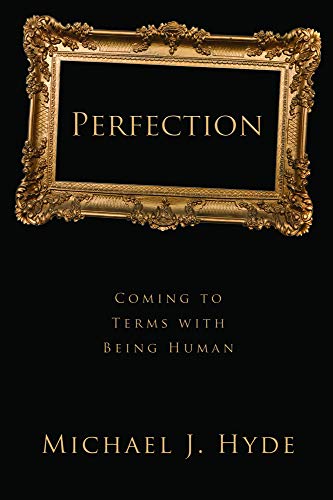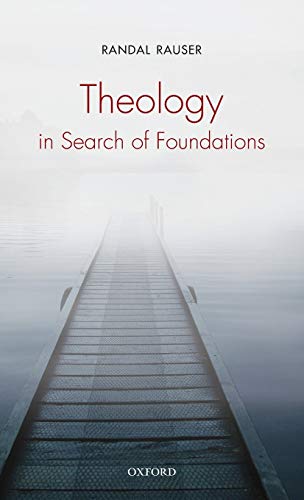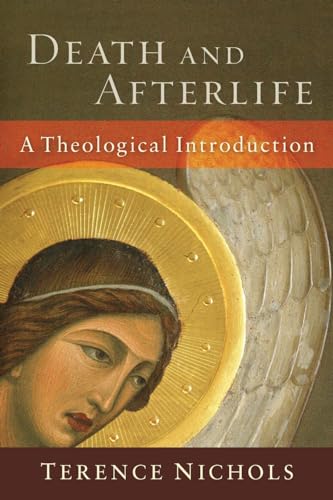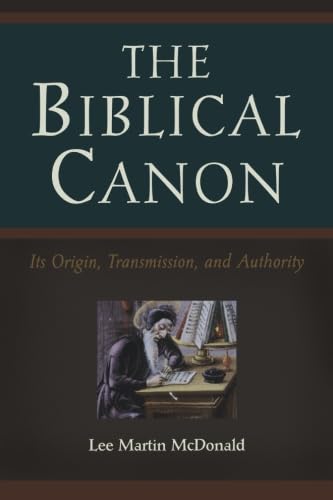That Scripture Might Be Fulfilled: Typology and the Death of Christ
Written by Paul M. Hoskins Reviewed By Peter SanlonThis popular level book opens with a warm personal account of the author’s youthful perplexity about NT citation of OT verses. When he heard a sermon mentioning this, ‘Sometimes, in a moment of curiosity, I would flip to the OT text. These efforts were usually more confusing than enlightening’ (p. 17). As the book progresses, Hoskins uses his doctoral research on John’s use of temple-imagery to aid those of us for whom perplexity over NT use of the OT continued beyond youth!
After an introductory chapter, there follows five chapters, each on a type which brings meaning to the death of Jesus. These include the Suffering of David, Jesus’ words at the Last Supper, the Passover in John, the tabernacle in Hebrews, and the Messiah’s death in Hebrews.
Hoskins argues that typology is a literary technique taught and used within Scripture. The term typos is found in the NT fifteen times, though every use is not directly relevant to an understanding of typology (p. 27). The Church Fathers are cited as interpreters who were sometimes given to fanciful excess—such as seeing the atonement in anything cross shaped (p. 32). At the same time, Hoskins reminds us that the Church Fathers ‘sometimes showed a keener eye for connections to the Passover than more recent commentators’ (p. 330).
The substance of the book is the exegetical work on the types of Christ’s death Hoskins chose to treat. Evangelicalism has done well to take on board the redemptive-historical narrative of Scripture. Typological studies such as this remind us that the connections between the OT and NT are richer than a straightforward timeline can convey.
A pleasantly surprising (absent from the contents pages) subvention is the provision of various charts of verses and allusions. These include a chart of allusions from the Psalms (pp. 44–45), Johannine themes that relate to the Passover (p. 102), and types and antitypes in Hebrews 9 (p. 127). In addition, each chapter concludes with a brief reflection on the significance of the typological connections. Recurring themes are God’s plan and power (pp. 55, 167). The author is surely correct to highlight the way typology reminds us of these. God reveals himself by planning and bringing about events in the OT that help future generations better appreciate the death of Christ.
It is all too possible for us to read and preach the Bible in a way that stresses logical connections and cognitive content. This is important, and one has no desire to resurrect the age-old false distinctions between facts and values or truth and beauty. Nevertheless, typological connections could be studied and presented in a manner which highlights the logical connections and links between testaments—or it may be utilised as an aspect of Scripture which is pregnant with the numinous beauty of evocativeness, longing, and prodigality. God has not simply told us that Christ died for our sins. God has painted his multi-faceted revelation of grace on a canvas that stretches through time. There is obscurity to ponder and clarity to blind.
Hoskins does not develop his thoughts on the significance of typology in great detail, though further reading is suggested. The burden of his book is inductive exposition. Still, there are suggestions that he would commend the above description of the value of typology for evangelicals. The description of his long-term wrestling with the issue of typology is indicative of a man who has himself been captured by the surprisingly confusing evocativeness of the Scriptures. One does not pursue the studies he describes and draws upon unless unsatisfied with the merely rational. Finally, the book concludes with an appendix (pp. 189–90) which offers three weeks of Easter readings from the Bible, which would fuel readers’ reflections upon the typological revelation of Christ’s death. This feature suggests that Hoskins desires that we do not simply see the number of connections between OT and NT in a logical fashion. Rather, he hopes that we move beyond that to sustained meditation and reflection upon the death of Christ. Hoskins’ book helps us move from external consideration of typological connections to internal appropriation of the atonement those typologies reveal. This is surely the great value of typology—the images of Scripture are perplexing and surprising. With literary lateral thinking, the Spirit is able to sidle up to us and give a fresh glimpse of the gospel.
Peter Sanlon
Peter Sanlon is writing a systematics theology PhD at Cambridge University on Augustine’s preaching. As an Anglican ordinand, he attempts to be involved in local church ministry alongside academic research. He edits the journal Still Deeper at www.stilldeeper.com. When possible he helps his wife restrain their pet kittens from eating their furniture.
Other Articles in this Issue
Most of our readers are theological students and pastors...
The Dazzling Darkness of God’s Triune Love: Introducing Evangelicals to the Theology of Hans Urs von Balthasar
by Stephen M. GarrettJürgen Moltmann observes that Christian theology and the Church face “a double crisis: the crisis of relevance and the crisis of identity...
Plots, Themes, and Responsibilities: The Search for a Center of Biblical Theology Reexamined
by Daniel J. BrendselIn the prolegomena to his “approach to biblical theology,” Charles H...
Since the mid-twentieth century biblical scholars have increasingly accepted that the texts of the Bible must be interpreted in terms of their literary genres...
The present age tends to regard polemics, theological controversies, and all-round doctrinal fisticuffs as, at best, a necessary evil, at worst, one of the most revolting aspects of Christianity...







